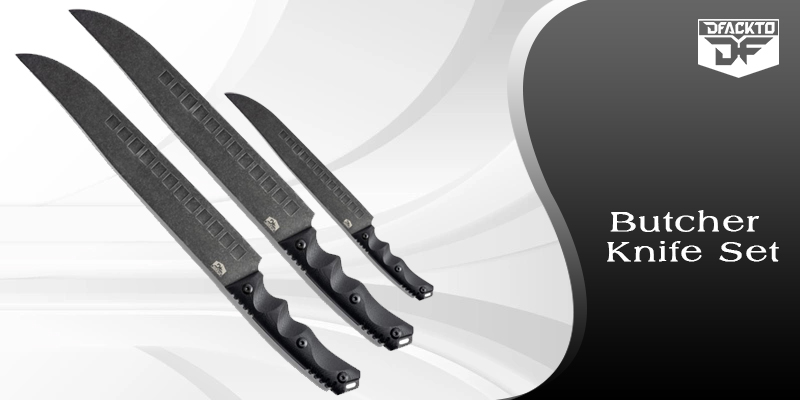Gerber manufactures knives in various types and sizes for multiple uses including knives for hunting, camping and technological needs. In case of failures or injuries, gerber pocket knife come with several warranties on them. It can be relatively easy to open the knives, but closing them can be a little difficult if you don’t know anything about knives.
A Brief About Gerber Pocket Knife
Man always required a knife which could be carried easily and safely on one’s body. Gerber pocket knives have been around for a long time, but sometime in the late this century, new models of folding knives started.
Over the past few hundred years, technology has improved a lot, and there are more choices than ever before. With so many options, the proper operation of the equipment can be challenging to understand.
Knowing how to close one brand’s Gerber knife doesn’t automatically mean you’re going to learn how to do it with another model. There you’ll find out about the general protection of the knife, the mechanism that helps you to open and close your knife, ( think Gerber auto knives vs standard folding) and how to deal with some specific concerns.
Items you will need: Gerber Pocket knife
Using the smaller Silver button, you can easily open the knife. Hold the knife away from your leg, so that you don’t cut yourself. Look for a piece of metal which leans to the side and braces the blade. If you keep the sharp blade side up, it will be on the inside of the knife handle.
You can use your fingernail to move the metal fragment through to the other side. The metal will usually lean to the right; you must turn it to the left. Keep the metal to the front and drive the blade back into the handle with the other hand.
General Knife Safety
No matter what kind of knife you own or how you intend to use it, knife protection is imperative. Following these rules ensures both your health and that of the people around you.
• Use a sharp knife forever.
• Use a knife for cutting but not for prying purposes only.
• When not in use, place the knives in a sheath or block.
• Instead of a power grinder using a sharpening stone to keep the tip of the blade from being brittle.
• Cut with a sharp edge and point that faces away from you and others.
• Don’t try to catch a knife which fell out of your side.
Construction Of Knife
Comprehending the folding joint and locking mechanism of your knife is key to finding out how to open and close a pocket knife. Such design features control operation of the knife. Mechanism to Lock Various types of methods have used to hold knives locked in the open place. Manufacturers like Gerber, Smith and Wesson, and Tac Force generally produce multiple models to take advantage of each of these techniques.
It’s because people tend to have a personal preference about which mechanism they are willing to use. We’ll review the most common systems for opening and closing a pocket knife, and include some different models that use that method.
• Clasp locks use a thin, strong metal post attached to the top of the handle. Once the knife has opened the tab plunges into a little divot. You force a button to close the knife until it raises the mail out of its divot.
• Frame locks use the frame of the knife as a locking mechanism, using the structure within the handle as a lock bar. When a lock bar has opened, it fits under the tang, so that the device can not close. To close a frame lock, you move back the frame to its original location.
• Lever locks have a pin on the handle to avoid closure of the key. To hold it open the pin fits into a hole in the tang. You press down a lever to trigger the bolt to open it. You click the lever again to raise the pinout of the hole to close it.
The Bottom Line
Some of the most common problems are how to repair a pocket knife that won’t close properly; it gets caught in the open position for some reason, or maybe the mechanism scrapes.
If this occurs, the first thing you want to do is check the debris, tear, damage or missing parts locking mechanism. Often the solution problems are easy: just remove sand, lint, and other debris from the joint and then add a little bit of lubricant.
Still, however, issues resulting from mechanical malfunctions can only be addressed by a skilled knife-smith as they have trained to handle the knife joint’s small internal components.


